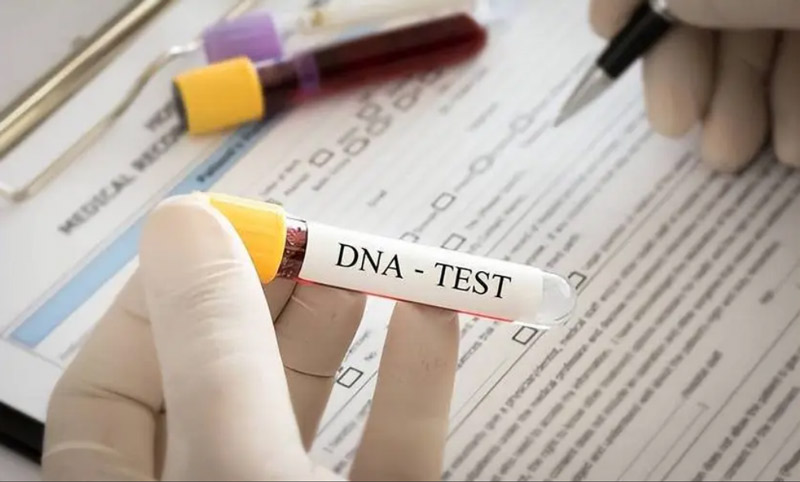
Advancements in genetics are revolutionizing medicine, screening, and diagnosis. DNA collection is the first and most critical step of the whole process, and it plays a pivotal role in determining the prognosis for various genetic diseases. However, there is no one-size-fits-all DNA collection method, and each sample type has its advantages and disadvantages.
In this article, we will discuss the benefits and limitations of different DNA collection methods.
Blood Collection Method
Blood collection is the most widely used method for DNA collection. The primary advantages are that blood is a cellular mixture that contains high-quality DNA and is stable at room temperature for several days. Also, it involves minimal non-invasive procedures and collects a large amount of sample, which is often necessary for some genetic diseases. However, the collection process requires specialized clinicians, needles, and blood storage. Also, the collection process may be invasive and is not desirable for patients with needle phobia.
Saliva Collection Method
Saliva collection is another non-invasive and popular method for DNA collection. The primary advantage is that saliva samples are easy to collect, can be self-collected, and do not require any clinical expertise. It is less invasive compared to blood, and several saliva collection kits are available commercially. However, the amount and quality of DNA extracted from saliva may be highly variable depending on the collection technique and other factors such as oral hygiene, patient age, and saliva viscosity.
Swab Collection Method
Swab collection involves creating friction on the sampled area, and DNA is extracted from the cells on the swab. The primary advantage is that swab collection can be utilized for various types of samples such as cheeks, nails, skin, and hair. Swab collection is easy, quick, and does not require needles, making it a less invasive option. However, the quality and quantity of DNA extracted from swabs may be lower than that from blood or saliva.
Biopsy Collection Method
Biopsy collection is the gold standard for obtaining high-quality DNA samples because it involves the collection of a large amount of tissue or cells. It offers highly accurate results, making it a preferred option for diagnosis and medical research. However, biopsy collection is a highly invasive procedure that is often performed under anesthesia and requires special equipment and experts.
Urine Collection Method
Urine collection is a non-invasive and straightforward method for collecting DNA. It is best suited for patients with painful or difficult venous access. However, the yield and quality of DNA extracted from urine are typically lower than from blood, and there is a high chance of contamination due to bacterial presence.
In conclusion, DNA collection methods must be selected based on their suitability for the associated DNA analysis. Each method has its advantages and limitations in terms of collection procedures, sample quantity, quality, and stability. Therefore, choosing the right method should be based on careful consideration of your research or medical needs.

















